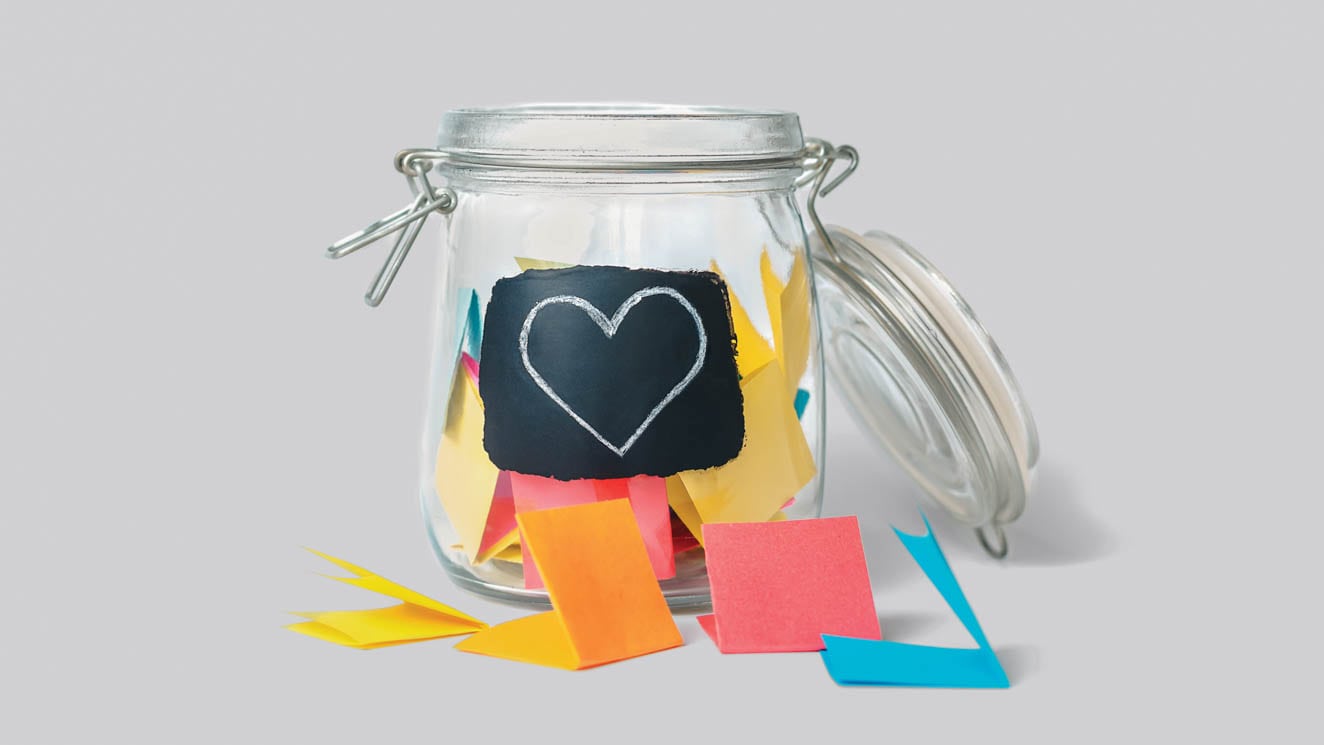

As a mother of three kids, I repeat myself to the point of becoming white noise. “Pick up your socks!” “Stop arguing over the screens!” It all just rolls off the tongue. But recently, when I heard myself saying, “Please be nice” quickly followed by “Hey, that wasn’t very nice!” I had to stop and wonder what I was really getting at. The word nice comes out automatically, it’s ingrained and so overused by all of us.
The more I thought about nice, the more I started to worry about what it says to my young daughter, for whom I am constantly (if inadvertently) hammering home the message that she needs to be appealing to others – particularly her older brothers – by being “nice.” And what does it say to my sons that I am expecting them to use “nice” words, when what we need more men (and, well, human beings) to do is back up “nice” words with kind actions.
Like all parents, I want my kids to grow up to be empathetic, compassionate, and all the rest. But suddenly I wonder if I have paused often enough to think about how to get my kids to grow up and be those lofty things. And that’s when I started to realize that there is a big difference between telling my kids to be nice and expecting them to be kind. While I’ve been busy demanding nice all the time, I think I’ve been missing opportunities to teach them something valuable about being Actual Good People. Nice and kind are not the same thing, and I want to teach my kids to spot and understand the differences.
To me, nice is pleasant. It is inoffensive, polite, and appeasing. It is what we see on the surface – manners, etiquette, ideally a smile to go with. Nice is unproblematic. Breakfast can be nice. A tone of voice can be nice. A hairdo can be nice. Nice is good, but it’s largely transactional.
But kindness demands more than this. It is a call to action. Kindness recognizes another person’s humanity and creates an opportunity to actually connect to another being with empathy and compassion. When we offer someone a helping hand, we are investing a small part of ourselves into someone else. That is kindness, and it matters a whole lot.
So the real parenting work in front of me now is finding moments each day, however big or small, to point out the ways that my kids can be both nice and kind – and to help them figure out how to know which one is needed and when.
One snowy day recently, my eight-year-old slipped and fell on the icy walkway after racing out of the house. As he lay there on the ground with his school stuff strewn in every direction, my oldest said, “You OK, man?” and walked right on by. Tweens can be pretty oblivious, but, seriously, no effort whatsoever to help his little brother?
At that moment, I stopped my oldest son and suggested he find a way to be kind in this moment. Riiiight. He then offered to help his little brother up, and together they picked up the books and papers now wet with snow. Tiny moment, but maybe a teachable one? Polite words aren’t enough; sometimes, you have to step in and offer real help.
At the end of each school day, I’ve started asking my kids to tell me one kind thing they did or saw and then one nice thing they did or saw. During one of these daily chats, my eight-year-old said that his seatmate at lunch was sad, so he decided to tell him some silly jokes to cheer him up. When that didn’t work, he decided to ask his seatmate what was wrong, and then he listened. “Mom, I think I was just being nice.” We talked about how sometimes actions are quiet, and if his seatmate felt better afterward, that was kindness for sure.
Nice and kind intersect in a million ways, but they are not one and the same, and by teaching my kids to spot the two in lived experiences, I can teach to choose kindness because, as the old saying goes, actions speak louder than words.







